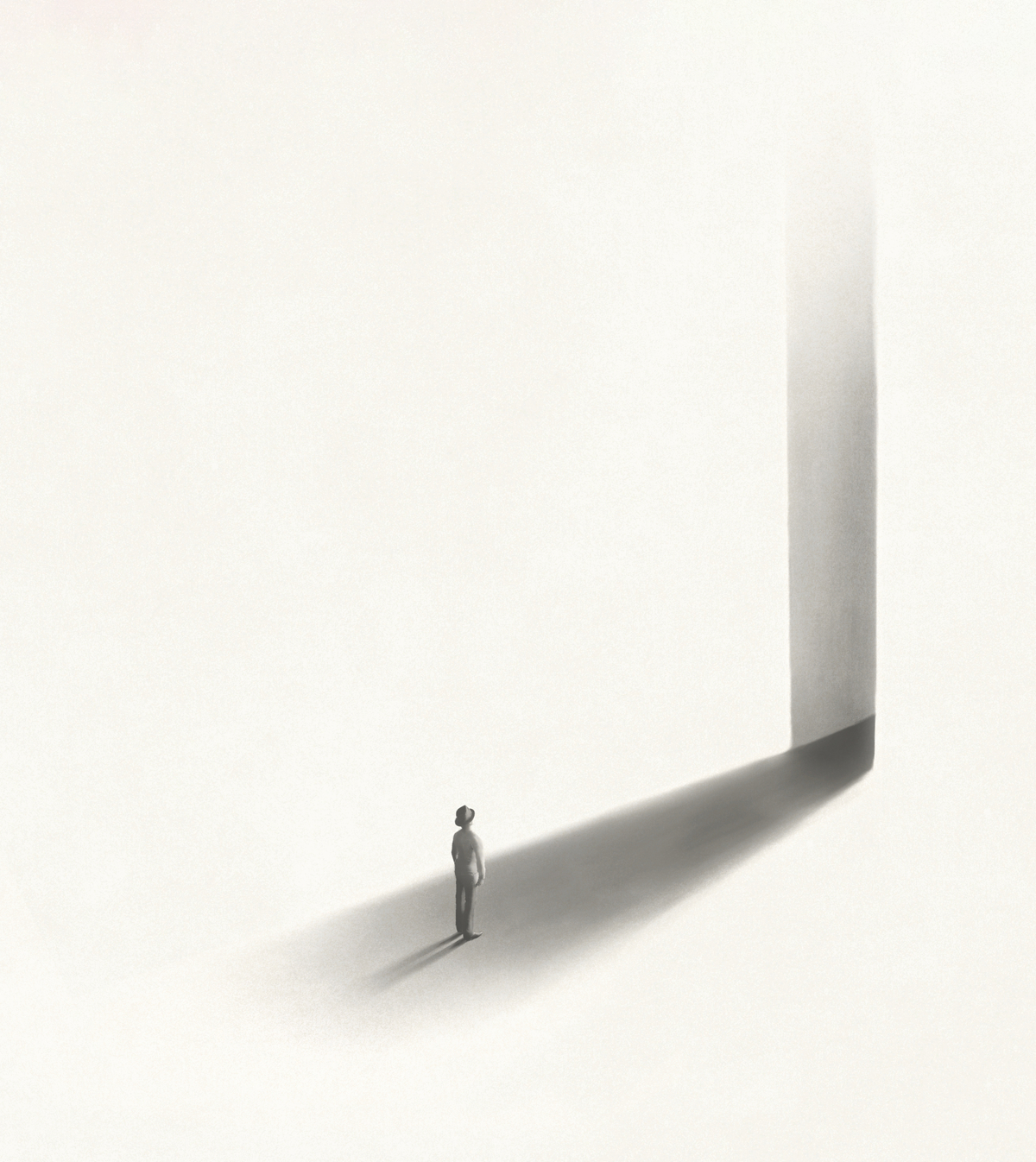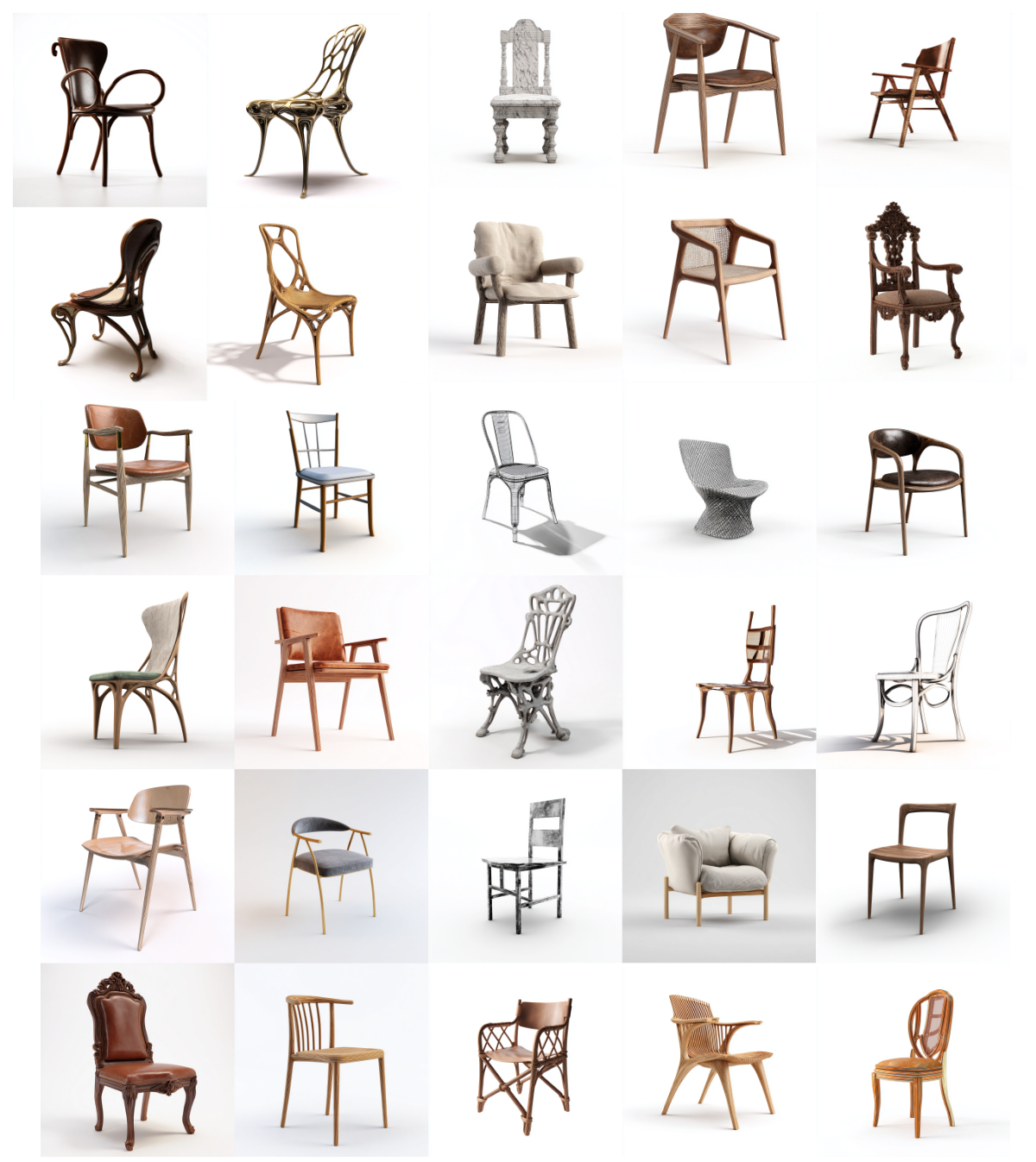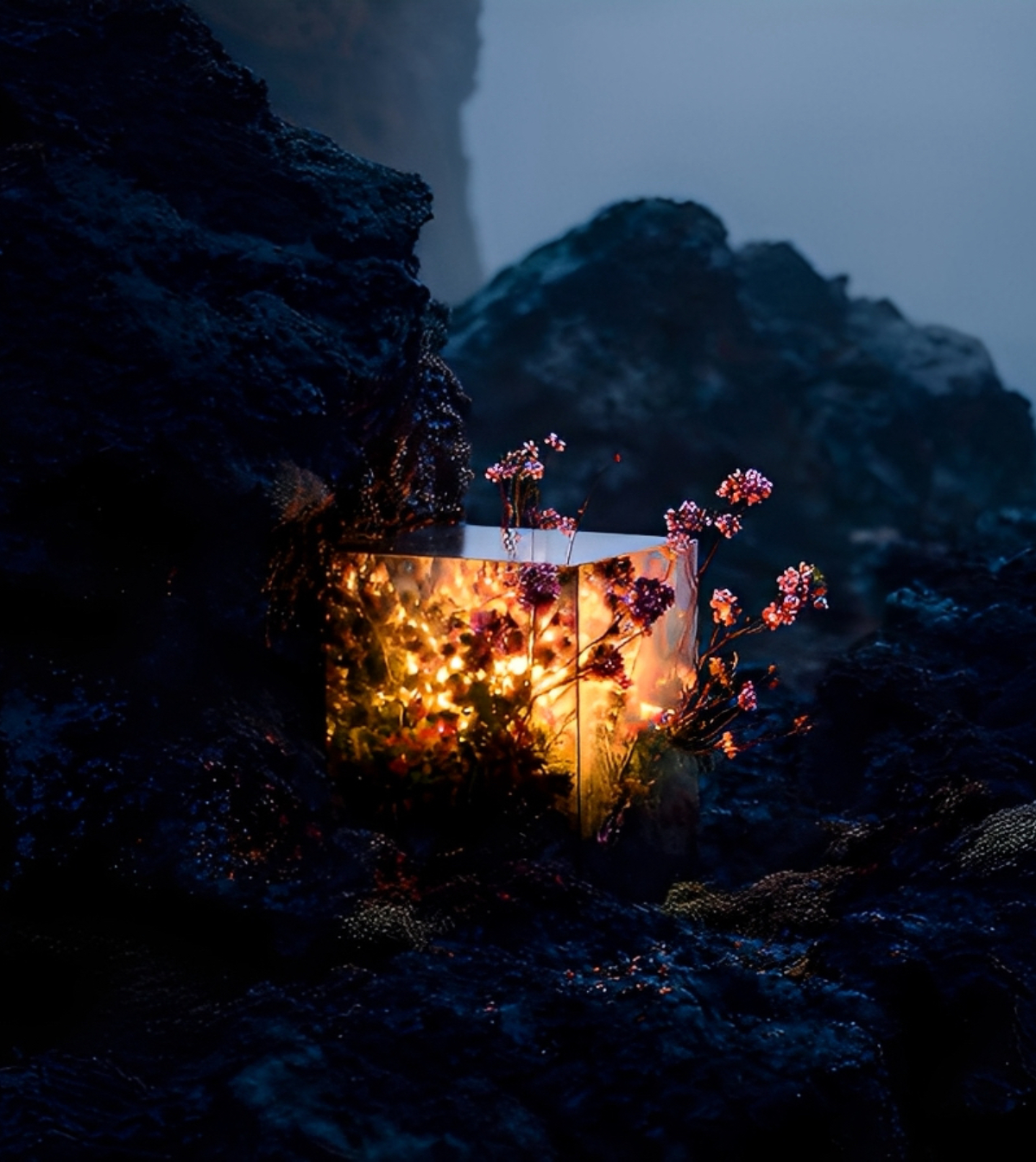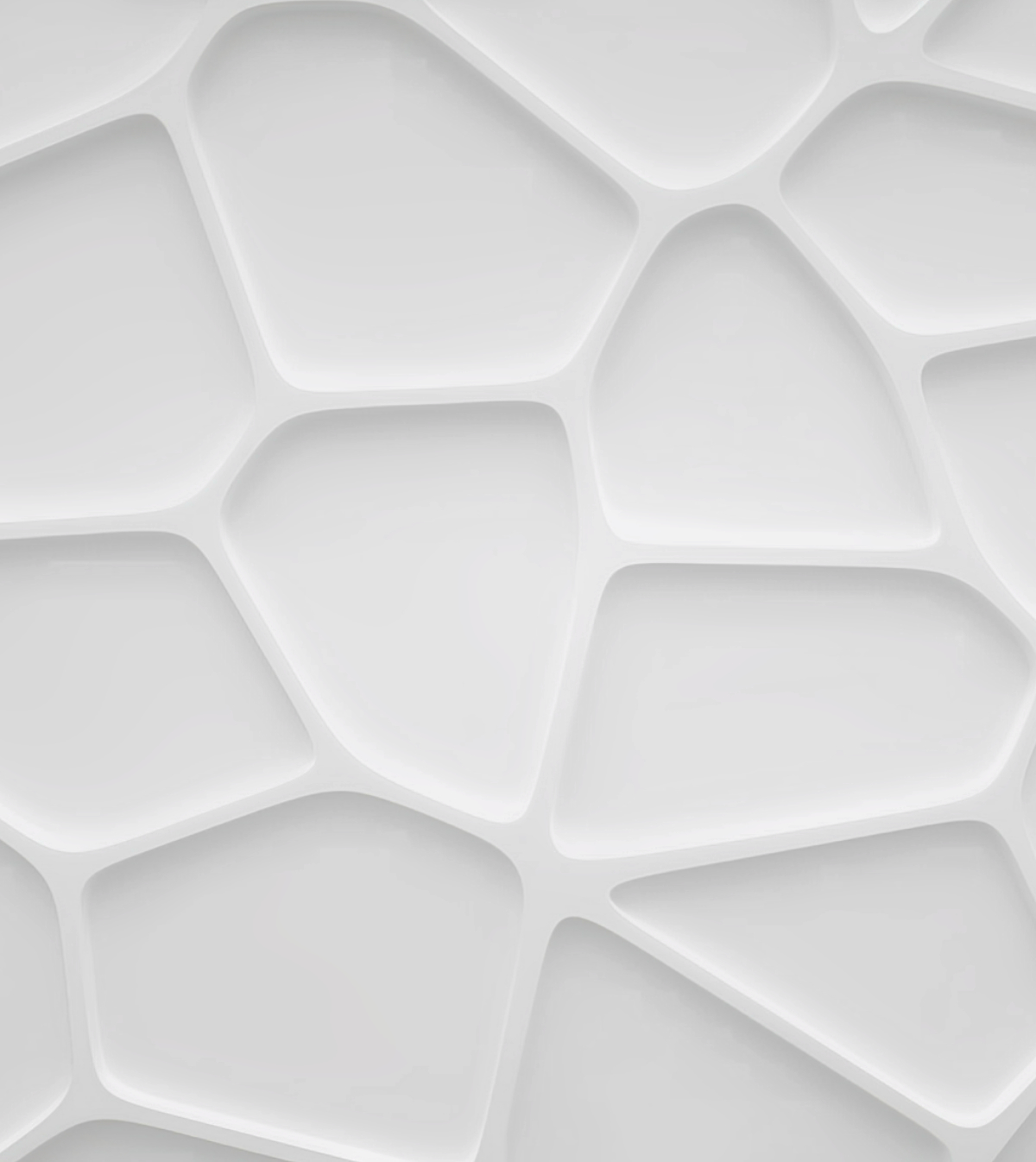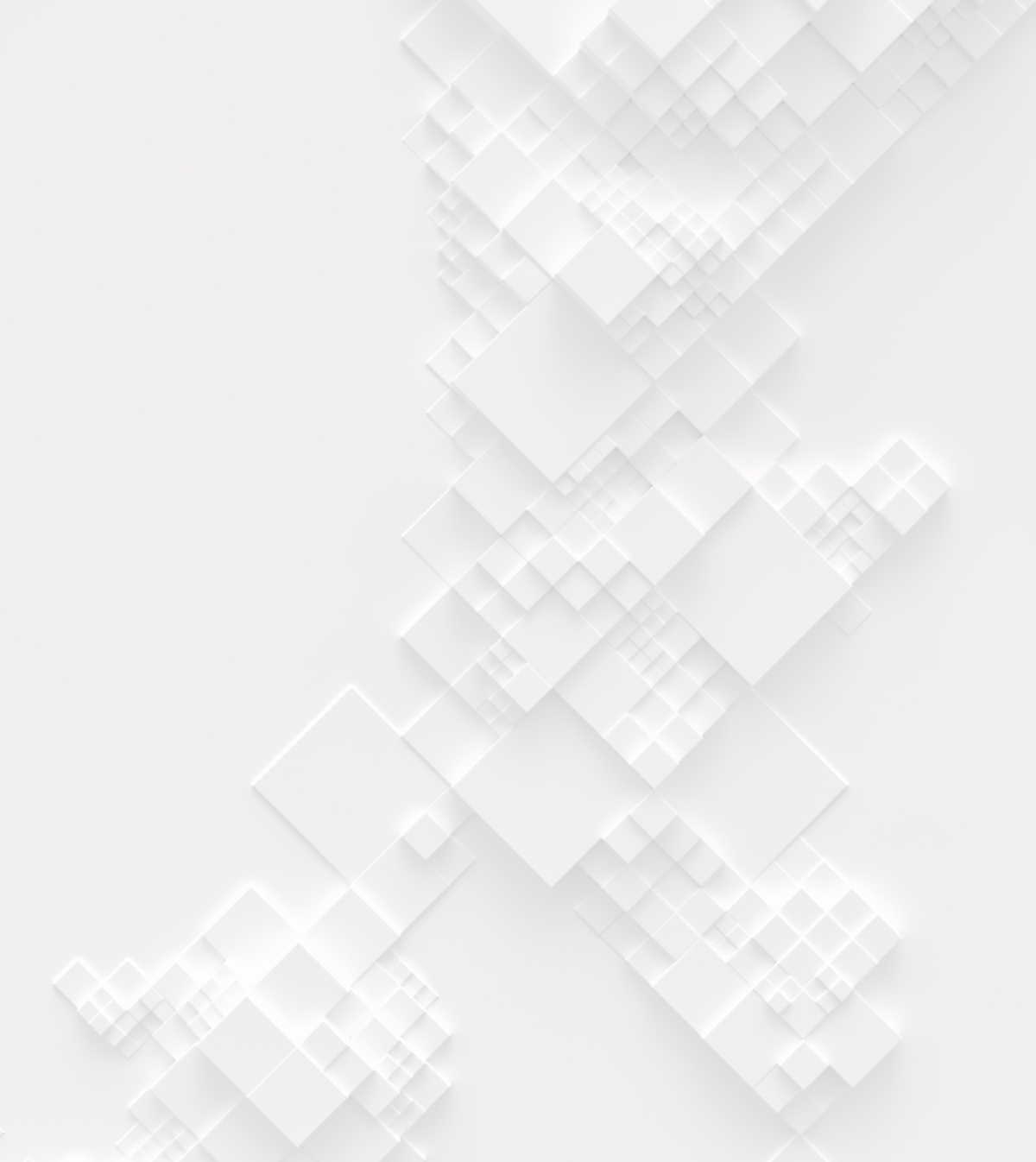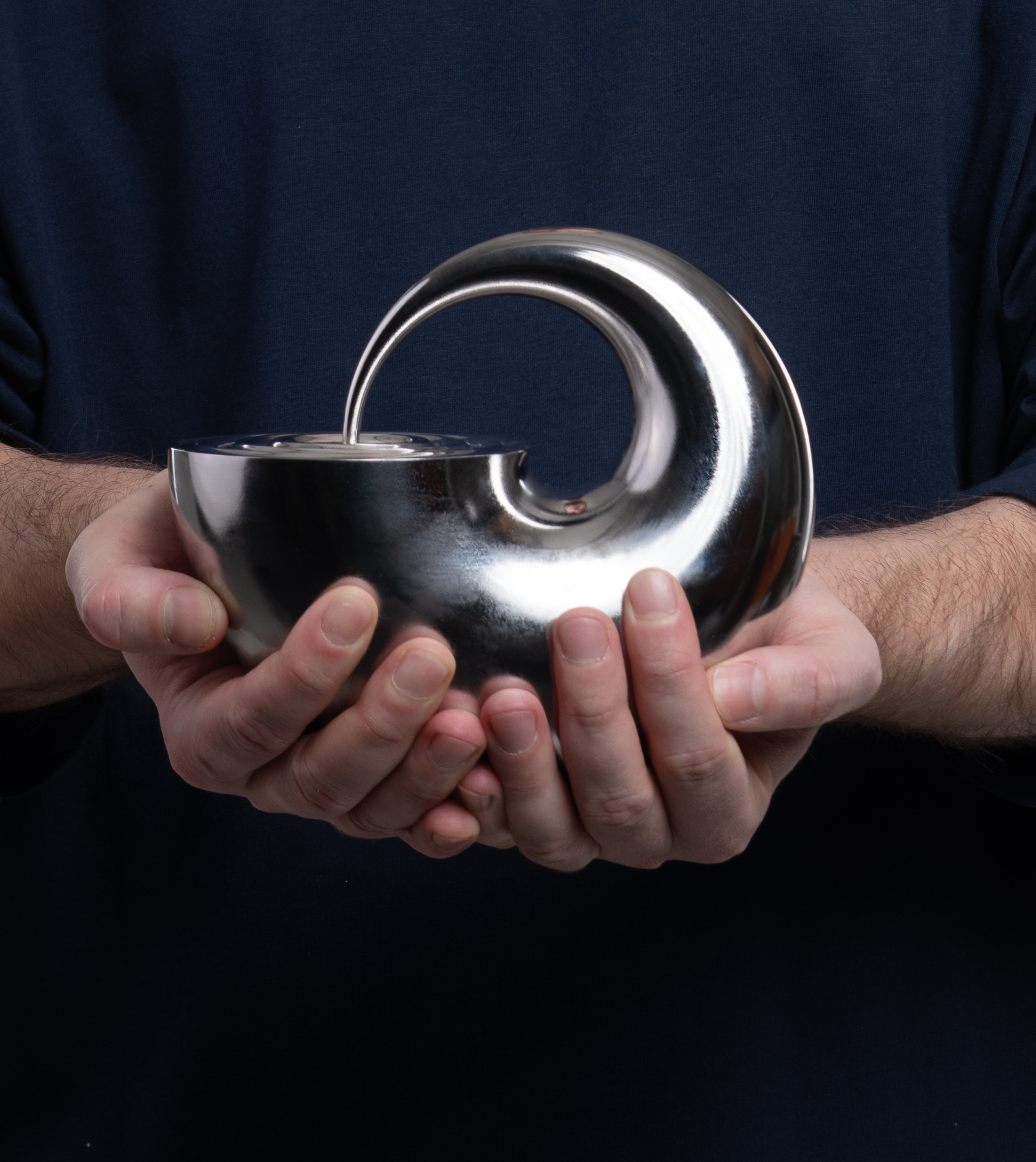We’d like to take the opportunity to introduce you to the 3rd prize winner of our "The Architect's Chair #2" competition –Sara Katalin Kele from Hungary!

Sara Katalin Kele
Please tell us about your company (when it was founded, where it is based, how many employees, etc) Alternatively, if you do not have a company, please give us some insights on your own professional/academia background.
I founded sarakele studio over a decade ago in response to an increasing number of design inquiries and project opportunities. It bears my own name, because it reflects my journey as a designer, drawing on my diverse educational background and experiences in industrial design, architecture, aesthetics, and cultural anthropology. From this starting point I carved out my own personal approach and vision: creating objects with soul: simple and timeless furniture, with a twist - and focusing on sustainability at every step of the process.
The sarakele studio is based in Budapest, Hungary and Fuerteventura, Spain where I primarily do my own practice, but it often evolves into a small, dedicated team depending on the scale of the projects. I enjoy collaborating with other designers, architects, and manufacturers, embracing a flexible approach that combines individual creativity with collective expertise. These synergies let us explore the potential of sustainable materials, traditional crafts, and conscious design in contemporary furniture and interiors.
Brief information about the projects that you/your company have been involved with. For instance, what scale have you focused on/preferred, any significant projects where the company/ individuals have been Involved?
I prefer projects on a scale that still lets exploration and a personal viewpoint guide the process, but it’s big enough to have some kind of impact, more than just a ‘pet-project’. Being able to let my worldview and my sensibilities deeply influence a project always led to best results. Also in terms of public and industry feedback, that has shined on sarakele studio over the last few years. One close to my heart was getting longlisted on Dezeen Award as an emerging design studio. We have also been involved in collaborations with notable curators such as Rossana Orlandi, and have participated in various global design exhibitions.
Notable projects include the Tangens, CoTangens, and Repeta furniture collections, which have been recognized for their innovative design and sustainable approach.
Tangens brings the comfort of a home office, combined with the dynamic adaptability needed for agile office spaces, with CoTangens offering an outdoor version. Both collections address the changing labour habits and requirements emerging in the pandemic era. Motivated by strengthening human relationships, both by its functionality, and its looks (bringing the metaphor of embrace reflect in the objects themselves.) Among other recognitions, this project won the RED Dot Award with the "Best of the Best" qualification, the A+ Architizer Design Award, and Good Design Award.
The Repeta collection is especially intertwined with architecture. A series of concrete wall panels conceptualising value preservation. Reusing architectural debris from dismantled historical buildings and designing textures strongly influenced by their unique façade structures, Repeta was a success on multiple levels, and selected as the winner of the Hungarian Design Award last year.
My passion for drawing inspiration from architecture and personal experiences, continues in the Pontum collection. My childhood memories served as the starting point - the experience of walking through one of Budapest's magical bridges. Awestruck by the vast opening of space, feeling miniaturised by the immense structure - I was able to transform some of that into the Pontum collection.
What does architecture mean to you and what is the role of an architect in your society?
For me, architecture means more than just designing buildings; it involves crafting meaningful and sustainable solutions that respect both the environment and human experience. Architecture is a powerful and responsible tool. Ideally, architects are tasked with envisioning the future and addressing cultural, environmental, and social dynamics through thoughtful design. However, in practice, they often face constraints imposed by client demands, financial limitations, and regulatory restrictions. I deeply admire and respect those who manage to create well-considered and livable spaces despite these challenges.
Although I studied architecture briefly, my focus ultimately shifted to furniture design. I often draw inspiration from architecture and believe that both fields face similar issues, just on different scales. For example, we both confront challenges related to overconsumption and irresponsible accumulation, which are partly the result of design choices. Through our objects, we influence the socio-cultural environment on both the production and consumer sides. It is crucial for me to encourage people to make conscious decisions, rethink their consumption and ownership desires, and adopt thoughtful lifestyles and living spaces. In this regard, architects and furniture designers face similar challenges.
Why do you participate in architecture competitions?
This competition was recommended to me by a colleague, the faculty leader at the university where I teach. I enjoy participating in competitions where I receive feedback on my work from professional experts. I believe participating allows us to challenge our creative boundaries and gain valuable exposure for our work. Competitions also provide an opportunity to connect with other designers and architects, expanding our design thinking and engaging in broader discussions in the field of architecture and design.
What advice would you give to individuals who struggle to decide whether it would be beneficial for them to participate in architecture competitions?
My advice would be to view architecture competitions as forums to showcase yourself to key people in an industry that’s extremely intertwined with other design disciplines such as mine, furniture design. Winning the awards is not up to you - but pushing your boundaries, showing the best and most unique faces of your work is. And regardless of winning or not, someone interesting or important might fall in love with it and become a catalyst to your personal and professional development. Embrace the challenge, stay true to your vision.
Top 3 Reasons Why You Should Enter Architecture Competitions
Curious about the value of architecture competitions? Discover the transformative power they can have on your career - from igniting creativity and turning designs into reality, to gaining international recognition.
Learn more

